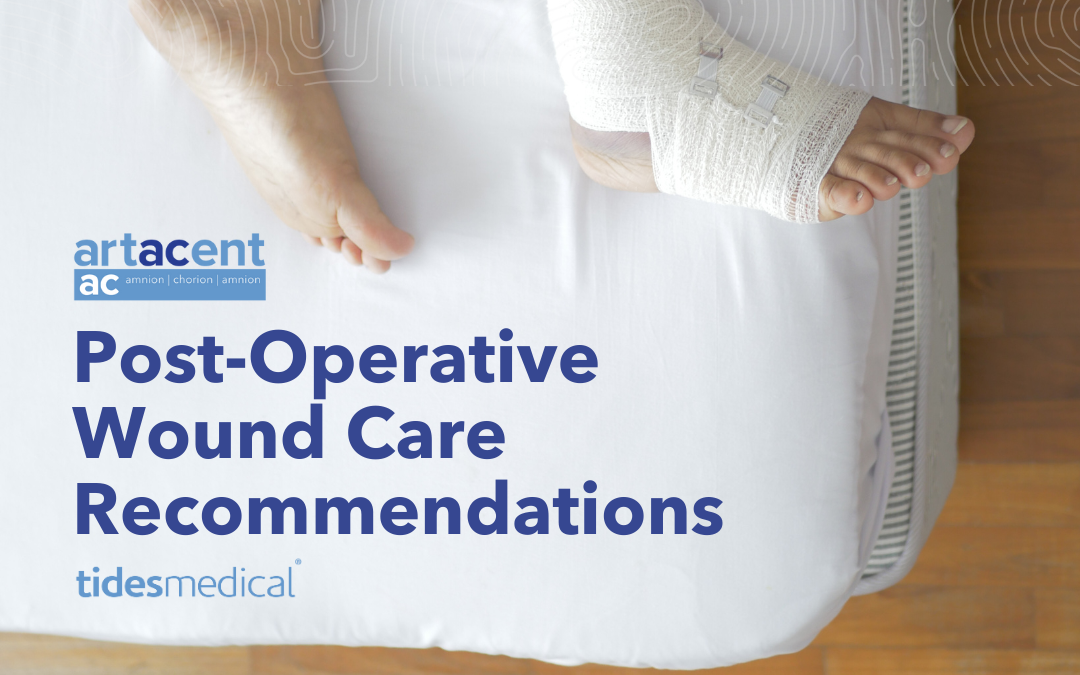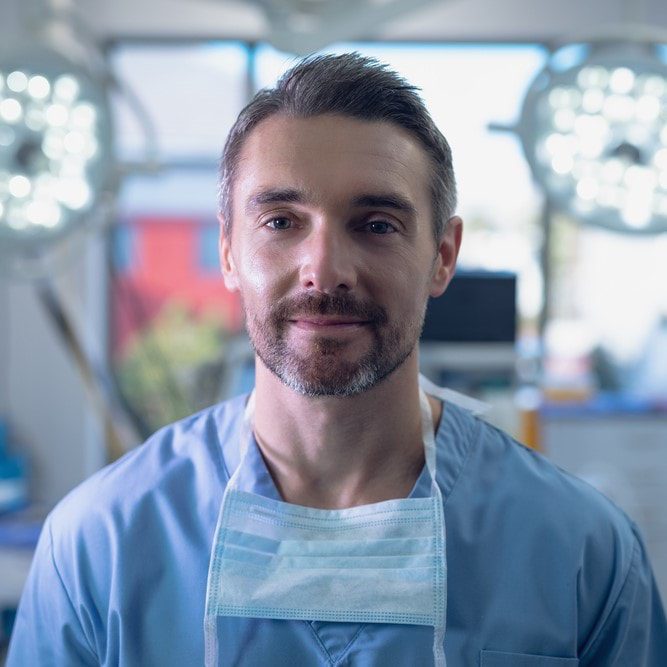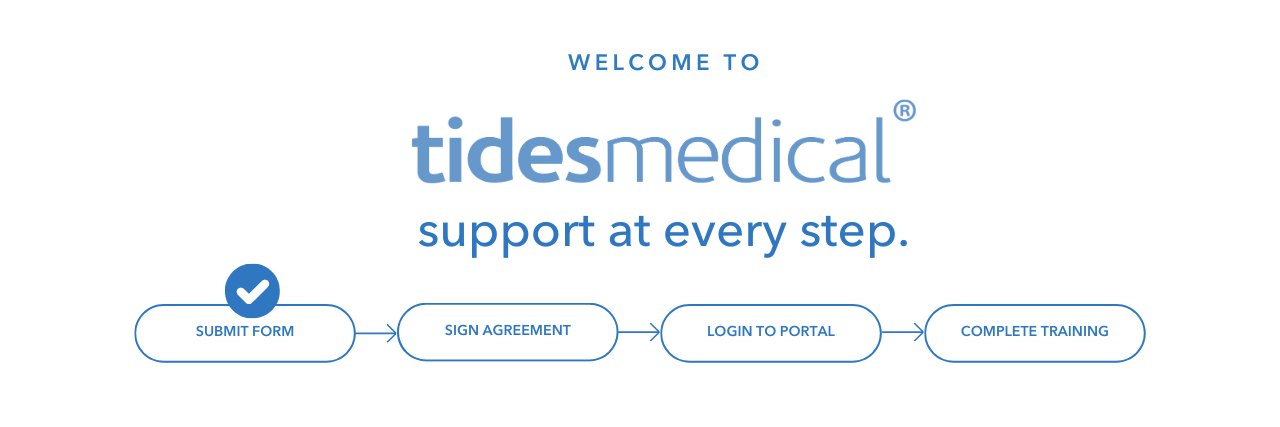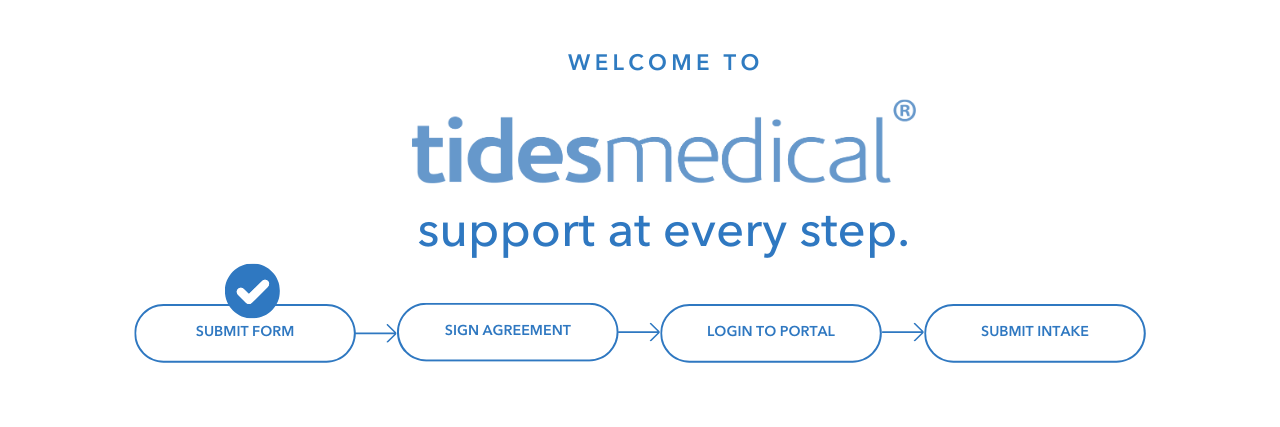The contents of this article will discuss Tides Medical post operative recommendations and best practices for amniotic tissue products, specifically regarding one of our products, Artacent AC (Amnion Chorion Amnion). This article is meant to educate end users and serve as an additional resource for physicians in providing patients guidance on wound care.
NOTE: It is essential that patients comply with all written and verbal instructions provided directly from your physician or care provider. If you have direct questions or concerns about your wound care needs, please contact your physician directly.
About Artacent AC – Amniotic Tissue Products
Artacent AC (Amnion Chorion Amnion) is three times stronger and two times thicker*, used for the treatment of complex wounds. Its minimal processing retains higher molecular weight of HA (hyaluronic acid) and maintains structural tissue strength. Artacent AC can be applied on either side, remains in place, and does not require sutures. Also, it stores dry at room temperature, remaining safe and effective for up to 5 years.
One of the factors that sets Tides Medical amniotic tissue products apart is how easily the products can be applied. For a visual of the application process, view the contents and video in our previous post “How to Apply A Wound Graft”. To ensure proper wound care, it is recommended to check patients’ wound coverings a week after application for monitoring and potential additional Artacent AC applications. We recommend scheduling the follow-up appointment prior to the patient leaving the site of care for the following week.
The Importance of Proper Wound Care
Proper wound care is crucial for optimal healing. Neglecting wound care or missing follow-up appointments increases the risk of infection, delayed healing, scarring, excessive bleeding, graft failure, complications, and discomfort. Regardless of the wound’s size or severity, proper care enhances the healing process and promotes well-being. It is essential to adhere to healthcare professionals’ instructions and seek their guidance for individualized wound care needs.
Caring For Your Wound Site at Home
Patients should receive post-operative instructions for wound care after the tissue graft procedure. It is crucial to precisely follow the provided guidance. During the initial weeks following the procedure, patients should prioritize rest and avoid physical exertion. Maintaining cleanliness of the amniotic tissue graft site is essential to prevent infection. Therefore, even if physically capable, it is advisable to abstain from activities that may introduce sweat and dirt into the bandage and wound area. Excessive moisture and movements that may strain or disrupt the graft should also be avoided. Additionally, pressure and rubbing on the wound covering should be avoided for the first 3-4 weeks.
Monitor your wound site for signs of infection, including increasing pain, redness, swelling, pus, or a foul odor. If you observe any concerning symptoms, promptly contact your physician. Unless directed otherwise by your healthcare provider, refrain from removing the bandage before your first follow-up appointment. If the bandage becomes damaged or comes off, notify your physician immediately and avoid getting the wound site wet.
Post-operative instructions will cover pain management, which should be diligently followed. Depending on your individual circumstances and the location of the wound, you may be prescribed pain medications or given over-the-counter options for pain relief.
In general, adopting a healthy lifestyle, including proper nutrition, hydration, and overall well-being, can contribute to the recovery process. Maintain a balanced diet, drink adequate water, and steer clear of factors that could impede wound healing.
Conclusion
Each patient’s case is unique, and post-operative instructions will be tailored to your physician’s recommendations, the location and severity of the wound, as well as your overall health condition. It’s important to recognize that each individual recovers at their own pace, and proper follow-up procedures are crucial for the overall success of the skin substitute. In every situation, proper wound care plays a vital role in achieving this success. Monitor the wound site closely and reach out to your physicians if you have any questions or concerns. If the desired recovery progress is not observed, additional application of the skin substitute may be required.
If you are a physician interested in working with Tides Medical, we would love the opportunity to provide more information about Artacent AC and other Tides products. Contact Us for more information. Our goal is to make the process as seamless as possible so you can focus on what you do best and work as a team to make these products accessible to all.
* = In comparison to traditional dual-layer grafts per CRO data on file. Results from case studies are not predictive of results in other cases. Results in other cases may vary.



 Marc Stemler,
Marc Stemler,  Mora Melican, Ph.D., VP of Operations, Research & Development
Mora Melican, Ph.D., VP of Operations, Research & Development LESA CATALON,
LESA CATALON, DAVID CASTILLE,
DAVID CASTILLE,




 JOSH WILLETT,
JOSH WILLETT, JEFF MONTGOMERY,
JEFF MONTGOMERY, MIKE RIDDLE,
MIKE RIDDLE, BENJAMIN KIMBALL,
BENJAMIN KIMBALL, DOUG PAYNE,
DOUG PAYNE, JOE SPELL,
CEO
JOE SPELL,
CEO


